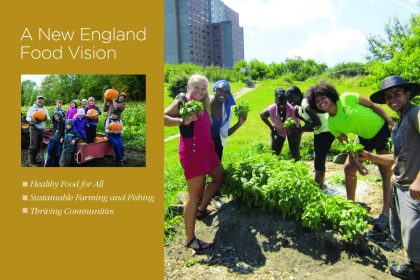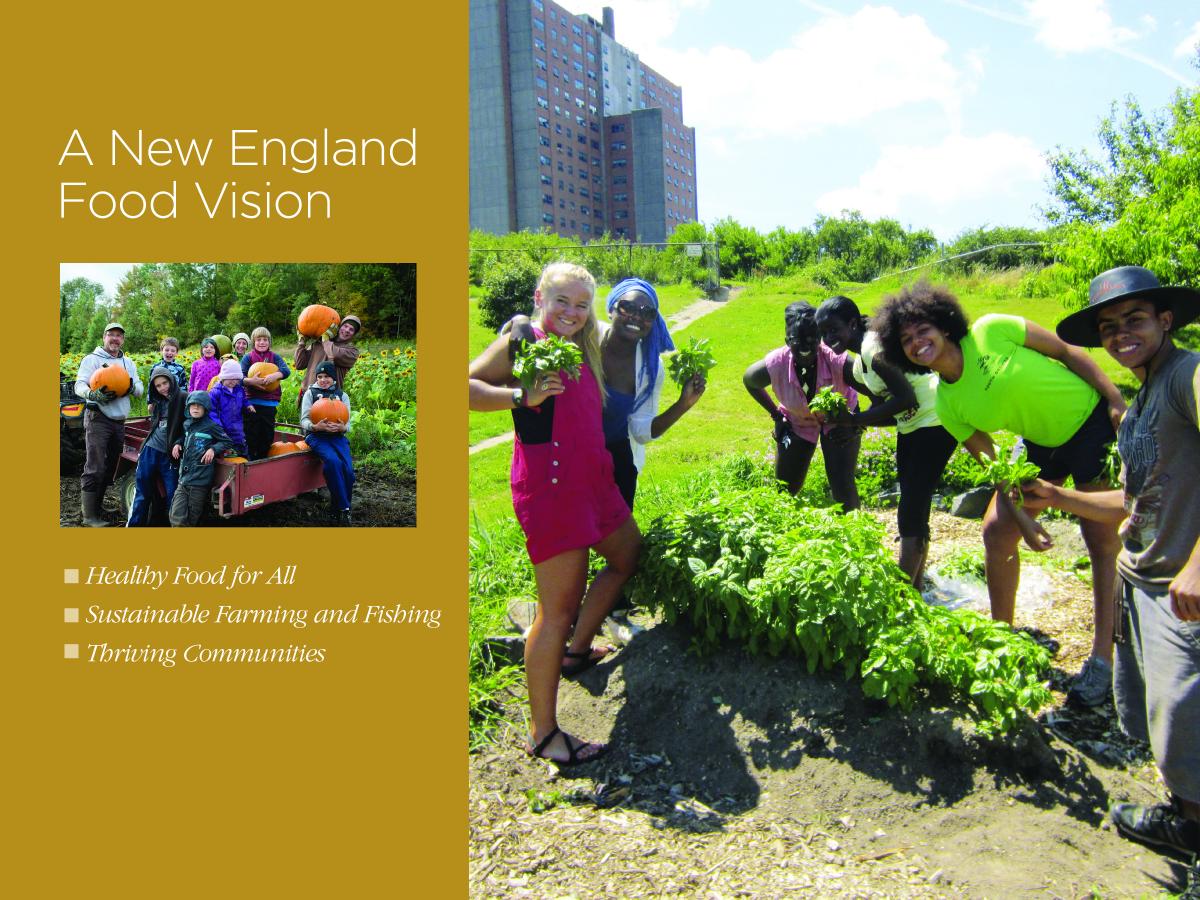
UNH class inspired by the New England Food Vision
 Farmers, scientists, and entrepreneurs across New England are constantly innovating new ways to grow food in New England. Novel approaches to agriculture are vital to developing a thriving and resilient food system—whether it’s by increasing the productivity of our land, expanding our agricultural footprint, or both. The New England Food Vision (NEFV) has estimated the amount of land needed in New England to meet a goal of producing 50% of our food within New England by 2060. This vision states it is a reasonable land footprint – but how do we get there? Are our current food production methods sufficient, or do more advances need to be made to ensure enough land is left for woodlands, development, and other needs?
Farmers, scientists, and entrepreneurs across New England are constantly innovating new ways to grow food in New England. Novel approaches to agriculture are vital to developing a thriving and resilient food system—whether it’s by increasing the productivity of our land, expanding our agricultural footprint, or both. The New England Food Vision (NEFV) has estimated the amount of land needed in New England to meet a goal of producing 50% of our food within New England by 2060. This vision states it is a reasonable land footprint – but how do we get there? Are our current food production methods sufficient, or do more advances need to be made to ensure enough land is left for woodlands, development, and other needs?
This past spring, the University of New Hampshire’s Natural Resources department held a seminar in which students worked to answer these questions. Nine graduate students, along with Professor John Aber, continued meeting through the summer to nail down exactly how much land is needed to achieve the NEFV goals. They have found that season extension methods (like high tunnels and greenhouses), and dairy farm management to grow feed efficiently are the two areas that have the greatest potential for advancing the food vision while remaining within the NEFV estimated land footprint.
Students interested in local agriculture
While the course was taught through UNH’s Department of Natural Resources, participating students represent a wide range of scientific interests. Course participants include students researching sustainable agriculture, farm viability in New Hampshire, heat recovery from composting, soil nutrient management, and water resources. Students aim to submit their findings to a peer-reviewed scientific journal.
Defining new research directions
How much land will it take to grow 50% of New England’s food? This sounds like a simple question, but answering it is anything but. One of the most important findings of UNH’s NEFV-inspired seminar is that key pieces of information needed to answer this question are not easily available, or simply do not exist. The class wrote a review of the current available literature, concluding with the amount of land needed. Along the way, they discovered that the most useful data were often coming from University extension offices (which do not publish in the scientific literature), ongoing and unpublished research, or anecdotal reports. They hope that by pointing out the gaps in published data, other researchers will be inspired to fill them in.
Class participants: John Aber (professor), Danielle Grogan, Samuel Ingraham, Mary Jensen, Andrea Jilling, Alley Leach, Matthew Smith, Nicholas Warren, Christopher Whitney, Jennifer Wilhelm




